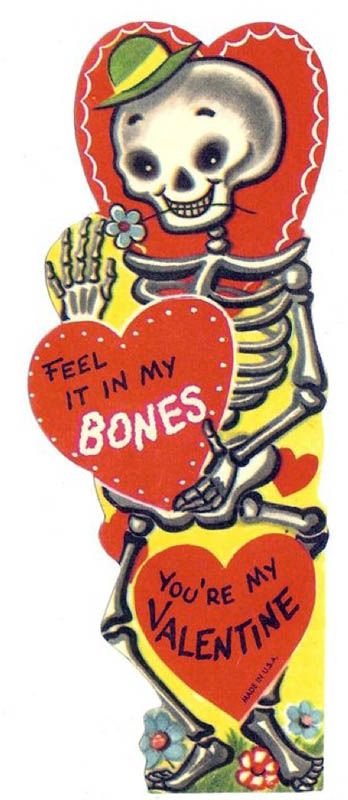Blog
Herlin Riley (born February 15, 1957) is an American jazz drummer and a member of the Lincoln Center Jazz Orchestra led by Wynton Marsalis.
A native of New Orleans, Riley started on the drums when he was three. He played trumpet through high school, but he went back to drums in college. After graduating, he spent three years as a member of a band led by Ahmad Jamal. He has worked often with Wynton Marsalis as a member of the Jazz at Lincoln Center Orchestra and of Marsalis’s small groups. He has also worked with George Benson, Harry Connick, Jr., and Marcus Roberts.
Riley played a large part in developing the drum parts for Wynton Marsalis’s Pulitzer Prize-winning album, Blood on the Fields. He is a lecturer in percussion for the jazz studies program at the Bienen School of Music at Northwestern University in Evanston, Illinois.
more...Kirkland “Kirk” Lightsey (born February 15, 1937, Detroit, Michigan) is an American jazz pianist.
Lightsey had piano instruction from the age of five and studied piano and clarinet through high school. After service in the Army, Lightsey worked in Detroit and California in the 1960s as an accompanist to singers. He also worked with jazz musicians such as Yusef Lateef, Betty Carter, Pharoah Sanders, Bobby Hutcherson, Sonny Stitt, Chet Baker, and Kenny Burrell. From 1979 to 1983 he toured with Dexter Gordon and was a member of The Leaders in the late 1980s. During the 1980s he led several sessions of his own, including duets with pianist Harold Danko. In the 1980s and since he has worked with Jimmy Raney, Clifford Jordan, Woody Shaw, David Murray, Joe Lee Wilson, Louis Stewart, Adam Taubitz, Harold Land and Gregory Porter.
more...James “Kokomo“ Arnold (February 15, 1896 or 1901 – November 8, 1968) was an American blues musician. A left-handed slide guitarist, his intense style of playing and rapid-fire vocal delivery set him apart from his contemporaries. He got his nickname in 1934 after releasing “Old Original Kokomo Blues” for Decca Records, a cover version of Scrapper Blackwell‘s blues song about the city of Kokomo, Indiana.[
Arnold was born in Lovejoy’s Station, Georgia. Most sources give the date his birth as 1901, but the researchers Bob Eagle and Eric LeBlanc give the date as 1896, on the basis of information in the 1900 census. He learned the basics of playing the guitar from his cousin, John Wiggs.
Arnold began playing in the early 1920s as a sideline, when he was working as a farmhand in Buffalo, New York, and as a steelworker in Pittsburgh, Pennsylvania. In 1929 he moved to Chicago and ran a bootlegging business, an activity he continued until the end of Prohibition. In 1930 he moved south briefly and made his first recordings, “Rainy Night Blues” and “Paddlin’ Madeline Blues”, under the name Gitfiddle Jim, for the Victor label in Memphis. He soon moved back to Chicago, where he was forced to make a living as a musician after Prohibition ended in 1933. Kansas Joe McCoy heard him and introduced him to Mayo Williams, a producer for Decca Records. From his first recording for Decca, on September 10, 1934, until his last, on May 12, 1938, Arnold made 88 sides, seven of which have been lost.
Arnold, Peetie Wheatstraw and Bumble Bee Slim were well-known musicians in Chicago blues circles at that time. Wheatstraw and Arnold, in particular, were also major influences on their contemporary, the Delta blues artist Robert Johnson. Johnson turned “Old Original Kokomo Blues” into “Sweet Home Chicago” and “Milk Cow Blues” into “Milkcow’s Calf Blues“. Another Arnold song, “Sagefield Woman Blues”, introduced the phrase “dust my broom“, which Johnson used as a song title.
more...Sadie Perryman born Thursday February 11th 2021 @ 12:02 am just after midnight. Maya & baby doing wonderfully well. My first grand daughter! And brother Hendrix with sister Sadie!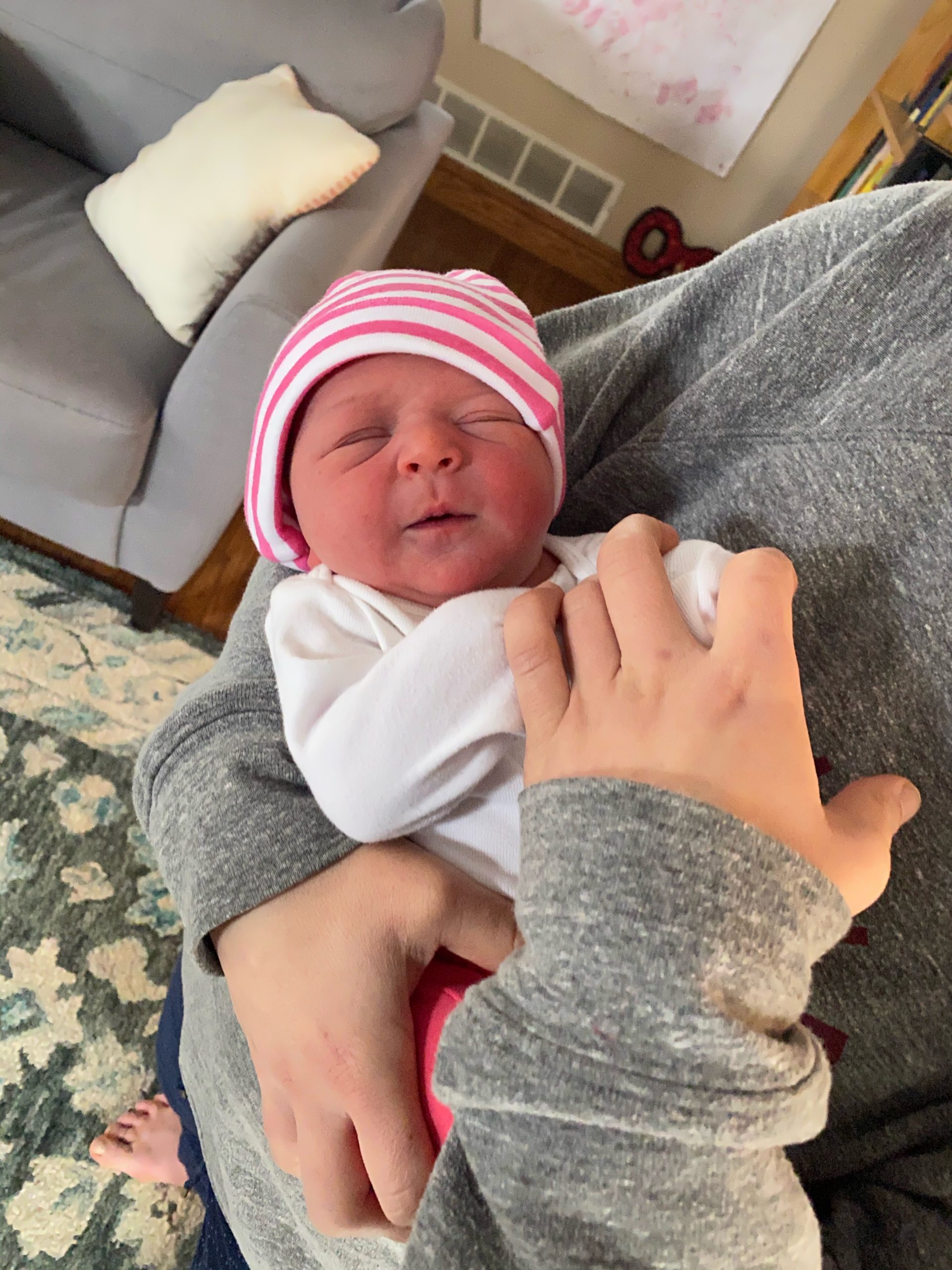
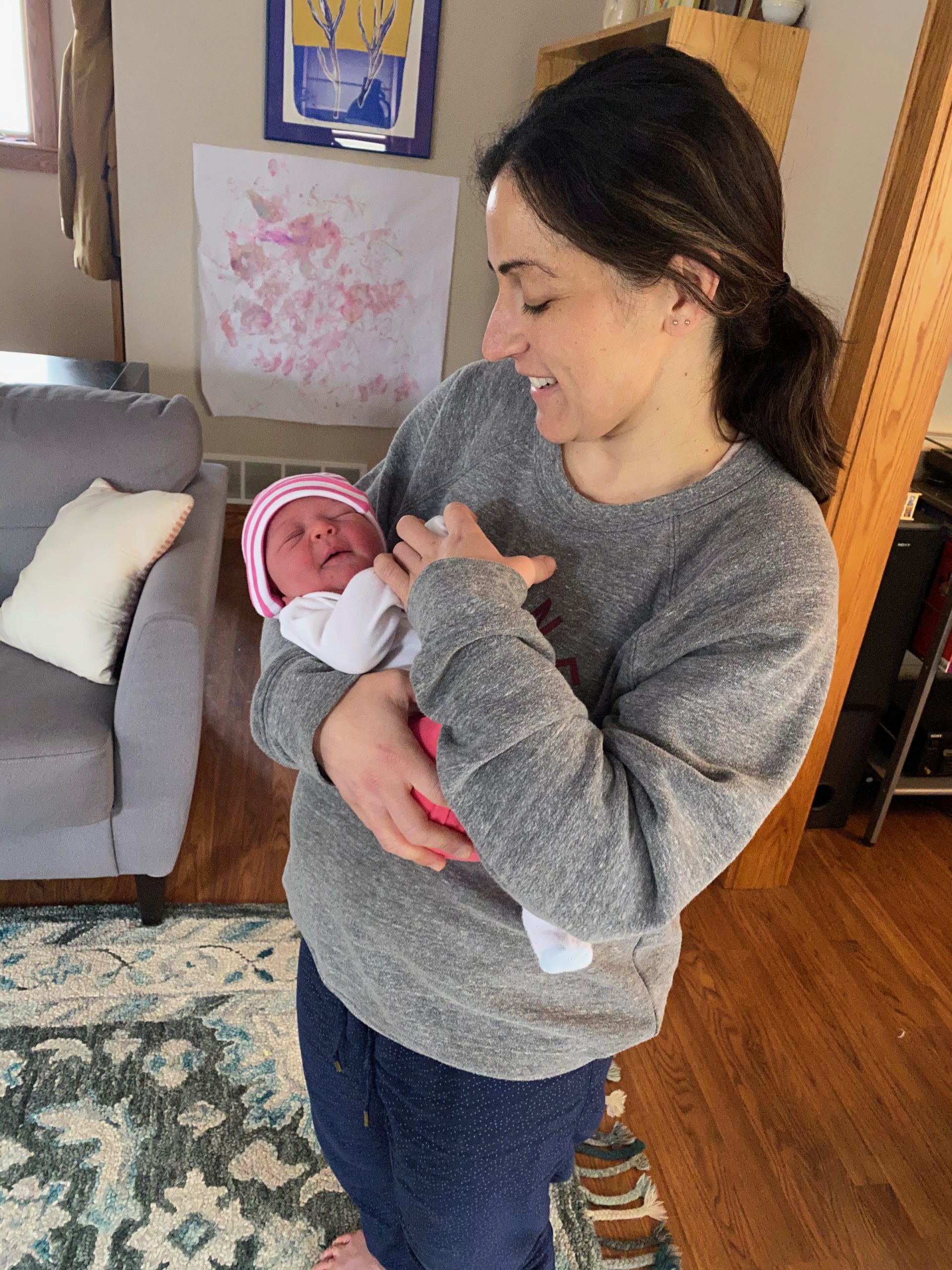
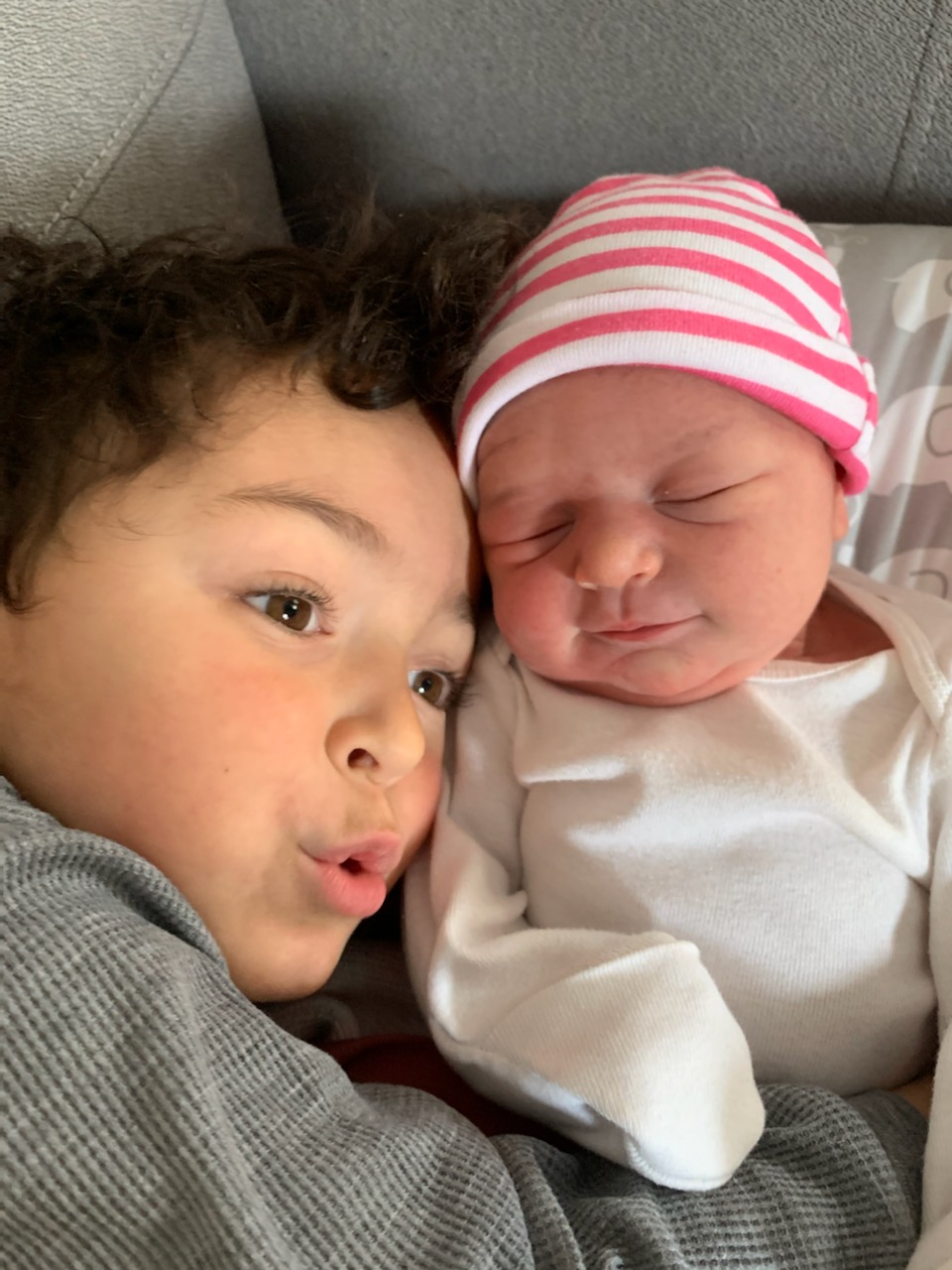
https://www.youtube.com/watch?v=CM138qRMoyU
more...New General Catalog designation of NGC 2237 doesn’t appear to diminish the appearance of this flowery emission nebula, at the top of the image, atop a long stem of glowing hydrogen gas. Inside the nebula lies an open cluster of bright young stars designated NGC 2244. These stars formed about four million years ago from the nebular material and theirstellar winds are clearing a hole in the nebula’s center, insulated by a layer of dust and hot gas. Ultraviolet light from the hot cluster stars causes the surrounding nebula to glow. The Rosette Nebula spans about 100 light-years across, lies about 5000 light-years away, and can be seen with a small telescope towards the constellation of the Unicorn (Monoceros).
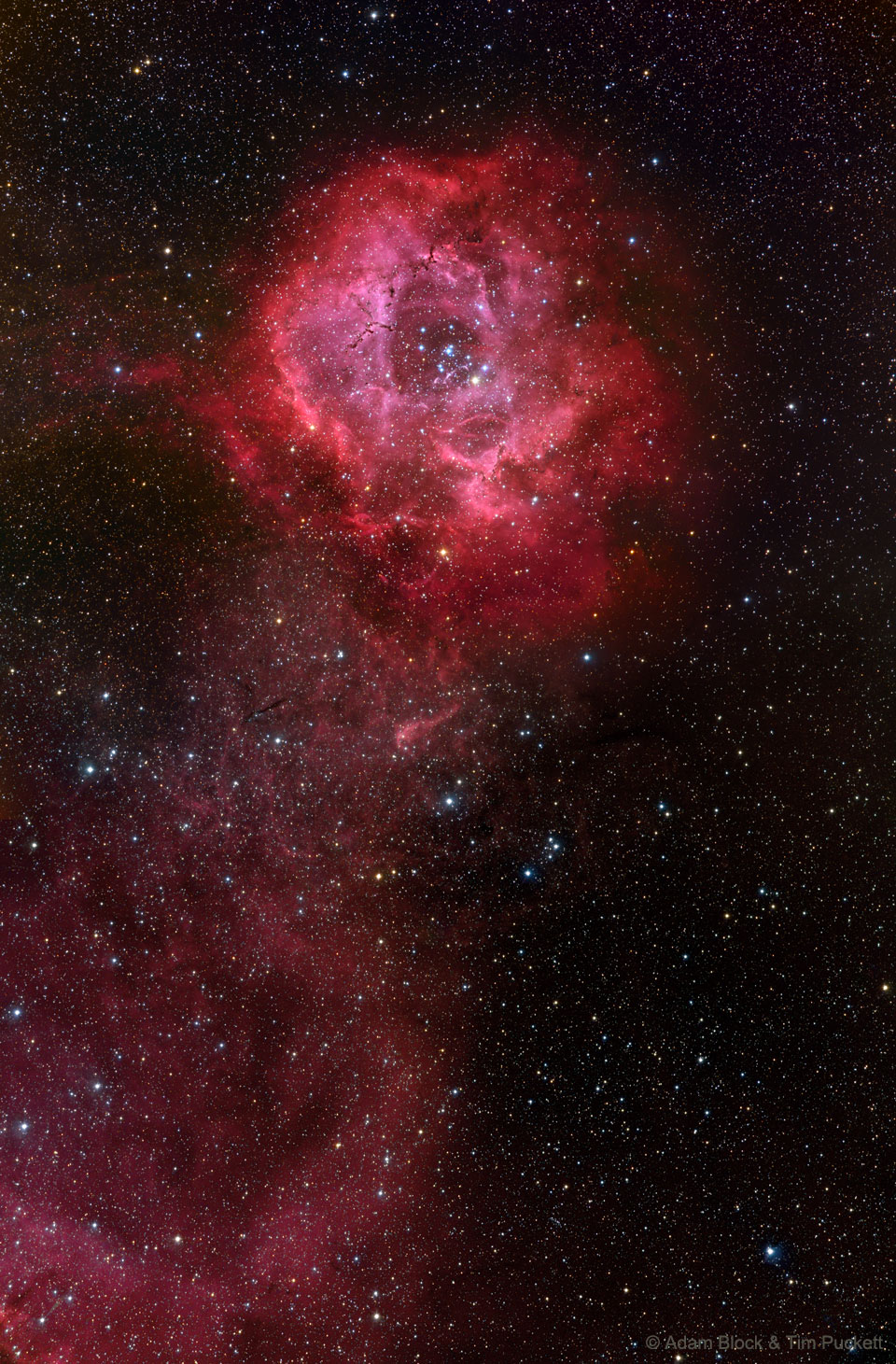
Timothy Charles Buckley III (February 14, 1947 – June 29, 1975) was an American vocalist, songwriter, guitarist and producer. His music and style changed considerably through the years. Buckley began his career based in folk music, but his subsequent albums experimented with jazz, psychedelia, funk, soul, avant-garde and an evolving voice-as-instrument sound. He died at the age of 28 from a heroin and morphine overdose, leaving behind his sons Taylor and Jeff.
Tim Buckley was born in Washington, D.C. on Valentine’s Day, February 14, 1947, to Elaine (née Scalia), an Italian American, and Timothy Charles Buckley Jr., a decorated World War II veteran and son of Irish immigrants from Cork. He spent his early childhood in Amsterdam, New York, an industrial city about 40 miles (64 km) northwest of Albany. At five years old, Buckley began listening to his mother’s progressive jazz recordings, particularly Miles Davis.
On June 28, 1975, Buckley completed a tour with a last show in Dallas, playing to a sold-out crowd of 1,800 people. He celebrated with a weekend of drinking with his band and friends. The following night, Buckley accompanied longtime friend, Richard Keeling, to his house. At some point, Keeling produced a bag of heroin, some of which Buckley ingested.
Buckley’s friends took him home and—seeing his inebriated state—his wife Judy laid him on the living-room floor and questioned his friends as to what had happened.She moved Buckley into bed. When she checked him later, Buckley’s wife found he was not breathing and blue. Attempts by friends and paramedics to revive him were unsuccessful, and he was pronounced dead.
The coroner‘s report stated Buckley died at 9:42 p.m. on June 29, 1975, from “acute heroin/morphine and ethanol intoxication due to inhalation and ingestion of overdose”. Buckley’s sound recorder was surprised by the musician’s death, recalling that at Buckley’s last show that “someone offered him a drag off a joint and he refused. He didn’t appear strung out in any way. He was very together both physically and psychologically.”
Buckley’s tour manager, Bob Duffy, said Buckley’s death was not expected, but “was like watching a movie, and that was its natural ending.”
Other friends saw his fate as predictable, if not inevitable. Beckett recalled how Buckley took chances with his life, including dangerous driving, drinking alcohol, taking pills and heroin.
Given the circumstances of his death, police charged Keeling with murder and distribution of heroin. At his hearing on August 14, 1975, Keeling pleaded guilty to involuntary manslaughter and, after failing to complete community service, was sentenced to 120 days in jail and four years’ probation.
more...Maceo Parker (/ˈmeɪsioʊ/; born February 14, 1943) is an American funk and soul jazz saxophonist, best known for his work with James Brown in the 1960s, as well as Parliament-Funkadelic in the 1970s. Parker was a prominent soloist on many of Brown’s hit recordings, and a key part of his band, playing alto, tenor and baritone saxophones. Since the early 1990s, he has toured under his own name.
Parker was born in Kinston, North Carolina. Parker’s father played piano and drums in addition to singing in church with Parker’s mother; his brother Melvin played drums and his brother Kellis played the trombone. Parker and his brother Melvin joined James Brown in 1964; in his autobiography, Brown claims that he originally wanted Melvin as his drummer, but agreed to additionally take Maceo under his wing as part of the deal. In 1970, Parker, his brother Melvin, and a few of Brown’s band members left to establish the band Maceo & All the King’s Men, which toured for two years.
In January 1973, Parker rejoined with James Brown. He also charted a single “Parrty – Part I” (#71 pop singles) with Maceo & the Macks that year. In 1975, Parker and some of Brown’s band members, including Fred Wesley, left to join George Clinton’s band Parliament-Funkadelic. Parker once again re-joined James Brown from 1984 to 1988.
more...
Merl Saunders (February 14, 1934 – October 24, 2008) was an American multi-genre musician who played piano and keyboards, favoring the Hammond B-3 console organ.
Born in San Mateo, California, Saunders attended Polytechnic High School in San Francisco. In his first band in high school was singer Johnny Mathis. He served in the Air Force from 1953 to 1957. He worked as musical director of the Billy Williams Revue and served in a similar capacity in Oscar Brown Jr.‘s off-Broadway show, Big Time Buck White.
He gained notice in the 1970s when he began collaborating with Jerry Garcia, with whom he had begun playing in 1971 at a small Fillmore Street nightclub called The Matrix. He sat in with the Grateful Dead, and co-founded the Saunders/Garcia Band which produced three albums, and which became the Legion of Mary with the addition of Martin Fierro (sax) in 1974. It disbanded the following year, but he and Garcia continued to collaborate in the band Reconstruction during 1979, collaborating with Ed Neumeister (trombone), Gaylord Birch (drums) and John Kahn (bass).
He led his own band as Merl Saunders and Friends, playing live dates with Garcia, as well as Mike Bloomfield, David Grisman, Michael Hinton, Tom Fogerty, Vassar Clements, Kenneth Nash, John Kahn and Sheila E.. He also collaborated with Grateful Dead percussionist Mickey Hart in the band High Noon.
more...Dwike Mitchell (born Ivory Mitchell Jr.; February 14, 1930 – April 7, 2013) was an American piano player and teacher. He began his career as pianist for the Lionel Hampton Orchestra before joining Willie Ruff to form The Mitchell-Ruff Duo jazz group.
Mitchell joined the orchestra of the jazz musician Lionel Hampton. Hampton had heard Mitchell play at Lockbourne five years earlier and told him at the time that he wanted him as his pianist.Mitchell had abandoned his given name, Ivory, because of its popular association with piano keys. His new professional name, Dwike, was his mother’s suggestion, based on several family names.
In 1954 Mitchell was reunited with French horn player Willie Ruff, whom Mitchell had befriended when both were stationed at Lockbourne. Ruff had just received a master’s degree in music from Yale and was considering offers from two symphony orchestras. On television, he had seen Lionel Hampton’s orchestra perform on The Ed Sullivan Show and recognized Mitchell when the camera panned to the pianist. Ruff immediately phoned the television station, and in the ensuing conversation Mitchell convinced Ruff to abandon his symphony plans and instead join the Hampton orchestra.
more...Mardi Gras weekend 2021
more...Discovered in the year 1836 by John Herschel, NGC 6902 is a beautiful spiral galaxy located more than 130 million light-years away in the constellation of Sagittarius, the Archer. This image was taken with MUSE, the Multi Unit Spectroscopic Explorer instrument attached to one of the four 8.2-metre telescopes that make up the VLT, and shows the galaxy from a unique perspective. A zoom in towards the galaxy’s centre, the image shows a nuclear ring where the orange glow of intense star formation is visible. Inside this ring lies a faint and small bar of stars. Researchers found that stars within it are distributed differently depending on their age, with younger stars aligned along the bar and older stars more dispersed. These locations of the young and old stars within the central bar of NGC 6902 confirm predictions made years earlier from simulations and models. This is the first time these predictions of galactic structure were confirmed with observations thanks to the incredible spatial resolution of the MUSE instrument.
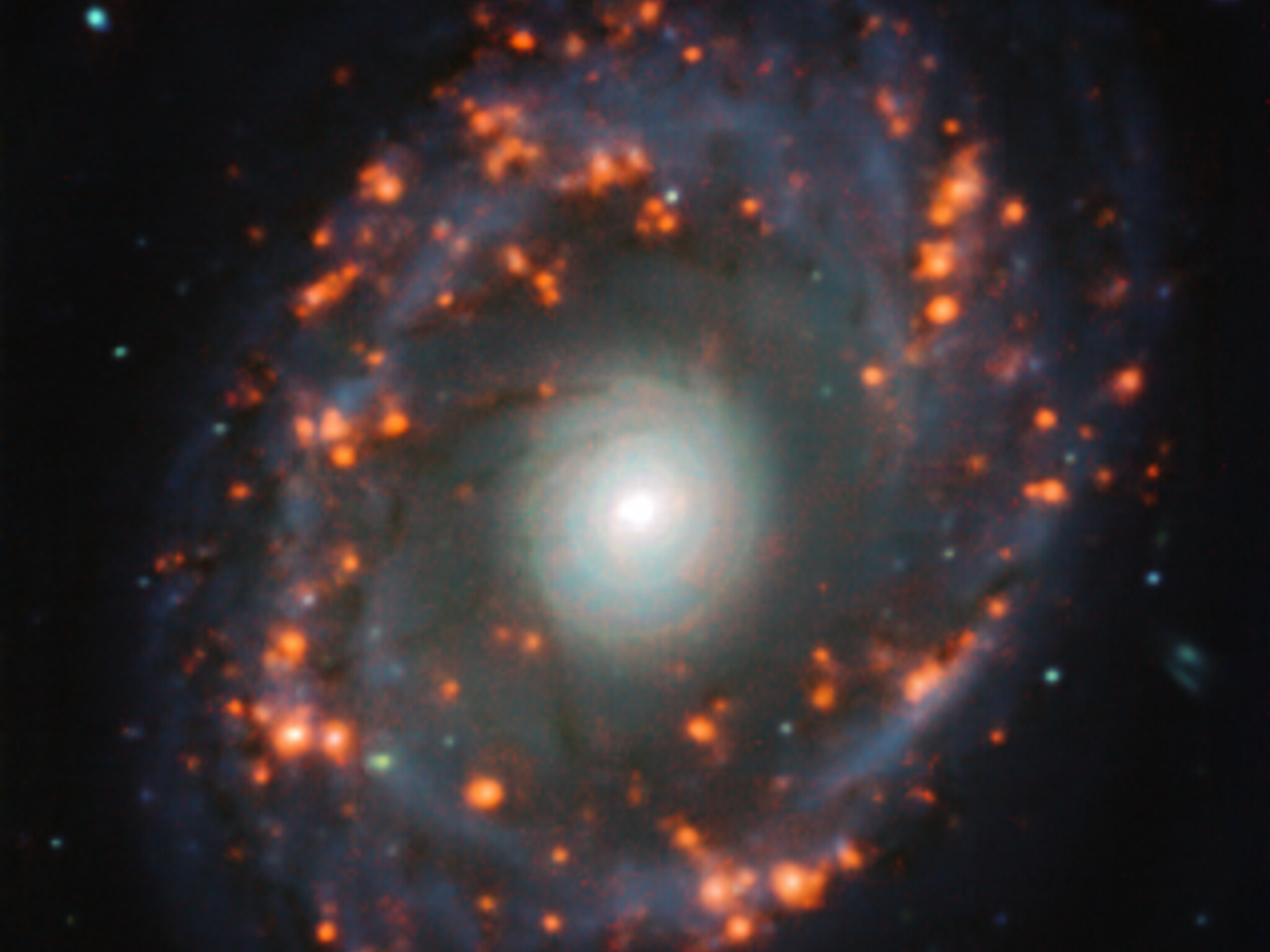
Peter Brian Gabriel (born 13 February 1950) is an English musician, singer, songwriter, record producer and activist. He rose to fame as the original lead singer of the progressive rock band Genesis. After leaving Genesis in 1975, he launched a successful solo career with “Solsbury Hill” as his first single. His 1986 album, So, is his best-selling release and is certified triple platinum in the UK and five times platinum in the U.S. The album’s most successful single, “Sledgehammer“, won a record nine MTV Awards at the 1987 MTV Video Music Awards and, according to a report in 2011, it was MTV‘s most played music video of all time.
Gabriel has been a champion of world music for much of his career. He co-founded the WOMAD festival in 1982. He has continued to focus on producing and promoting world music through his Real World Records label. He has also pioneered digital distribution methods for music, co-founding OD2, one of the first online music download services. Gabriel has also been involved in numerous humanitarian efforts. In 1980, he released the anti-apartheid single “Biko“. He has participated in several human rights benefit concerts, including Amnesty International‘s Human Rights Now! tour in 1988, and co-founded the Witness human rights organisation in 1992.[9] Gabriel developed The Elders with Richard Branson, which was launched by Nelson Mandela in 2007.
Gabriel has won three Brit Awards—winning Best British Male in 1987, six Grammy Awards, thirteen MTV Video Music Awards, the first Pioneer Award at the BT Digital Music Awards, the Q magazine Lifetime Achievement, the Ivor Novello Award for Lifetime Achievement, and the Polar Music Prize. He was made a BMI Icon at the 57th annual BMI London Awards for his “influence on generations of music makers”. In recognition of his many years of human rights activism, he received the Man of Peace award from the Nobel Peace Prize laureates in 2006, and Timemagazine named him one of the 100 most influential people in the world in 2008.AllMusic has described Gabriel as “one of rock’s most ambitious, innovative musicians, as well as one of its most political”. He was inducted into the Rock and Roll Hall of Fame as a member of Genesis in 2010,followed by his induction as a solo artist in 2014. In March 2015, he was awarded an honorary doctorate from the University of South Australia in recognition of his achievements in music.
more...King Floyd (February 13, 1945 – March 6, 2006) was a New Orleans soul singer and songwriter, best known for his Top 10 hit from 1970, “Groove Me“. King Floyd III was born in New Orleans in 1945. His musical career started as a singer at the Sho-Bar on Bourbon Street. Following a stint in the army, Floyd went to California, where he joined up with record producer Harold Battiste. His debut album, A Man In Love, featuring songs co-written with Dr. John, failed to make an impact on the charts. Floyd returned to New Orleans in 1969 and worked for the Post Office.
In 1970, Wardell Quezergue, an arranger of R&B scores, persuaded Floyd to record “Groove Me” with Malaco Records in Jackson, Mississippi. Jean Knight recorded her hit, “Mr. Big Stuff,” in the same sessions.
At first, “Groove Me” was a B-side to another Floyd song, “What Our Love Needs.” New Orleans radio DJs started playing “Groove Me” and the song became a local hit. Atlantic Records picked up national distribution of “Groove Me,” which topped the United States R&B chart and reached #6 on the Billboard Hot 100 and went to #41 in Britain. This disc sold over one million copies, and received a gold disc awarded by the R.I.A.A. in December 1970. Floyd quit his job at the post office to perform a U.S. tour. His follow-up single, “Baby Let Me Kiss You” climbed up to number 29 on the Billboard Top 40 charts in 1971.
more...Anthony “Rebop” Kwaku Baah (13 February 1944 – 12 January 1983) was a Ghanaian percussionist who worked with the 1970s rock groups Traffic and Can. Baah was born on 13 February 1944, in Konongo, Ghana.
In 1969, Baah performed on Randy Weston‘s album African Rhythms. In the same year he worked with Nick Drake on the song “Three Hours”, posthumously released in 2004 on the compilation album Made to Love Magic. He then joined the English band Traffic in 1971, having met them in Sweden during a tour. He appeared on the albums Welcome to the Canteen, The Low Spark of High Heeled Boys, Shoot Out at the Fantasy Factory, On the Road, and When the Eagle Flies.
In 1973 he performed in the all-star Eric Clapton’s Rainbow Concert. After Traffic disbanded in 1974, he played on Steve Winwood’s self-titled debut solo album, which was released in 1977. Also in 1977, he joined the German band Can along with former Traffic bassist Rosko Gee, playing with them until their breakup in 1979, appearing on the albums Saw Delight, Out of Reach and Can.
In 1982 Baah recorded an album with Zahara. Baah died of a cerebral hemorrhage during a performance in Stockholm, Sweden in January 1983, where he was on tour with Jimmy Cliff. His final album, Melodies in a Jungle Man’s Head, was released in its unfinished state.
more...More Posts
- World Music with Kome-m’dinga Ensemble
- Daily Roots with Sizzla
- Flamenco Fridays with Pedro Pena, Terremoto de Jerez, Parilla de Jerez, Jose Menade, Manolo Brenes, Manolillo el Herraor y Angel Luis Canete
- The Cosmos with NGC 1499
- James Carter Day
- Stephen Stills Day
- Herbie Nichols Day
- World Music with Tenzin Choegyal
- Daily Roots with the Skatalites
- The Cosmos with LHA 120-N11
- Trombone Shorty Day
- Ari Brown Day
- Barış Manço Day
- Little Smokey Smothers Day
- World Music with NIZAR ROHANA TRIO
- Daily Roots with Augustus Pablo
- Happy New Year 2020
- The Cosmos with Betelgeuse
- Sekou Kouyate Day
- Alpha Blondy Day
